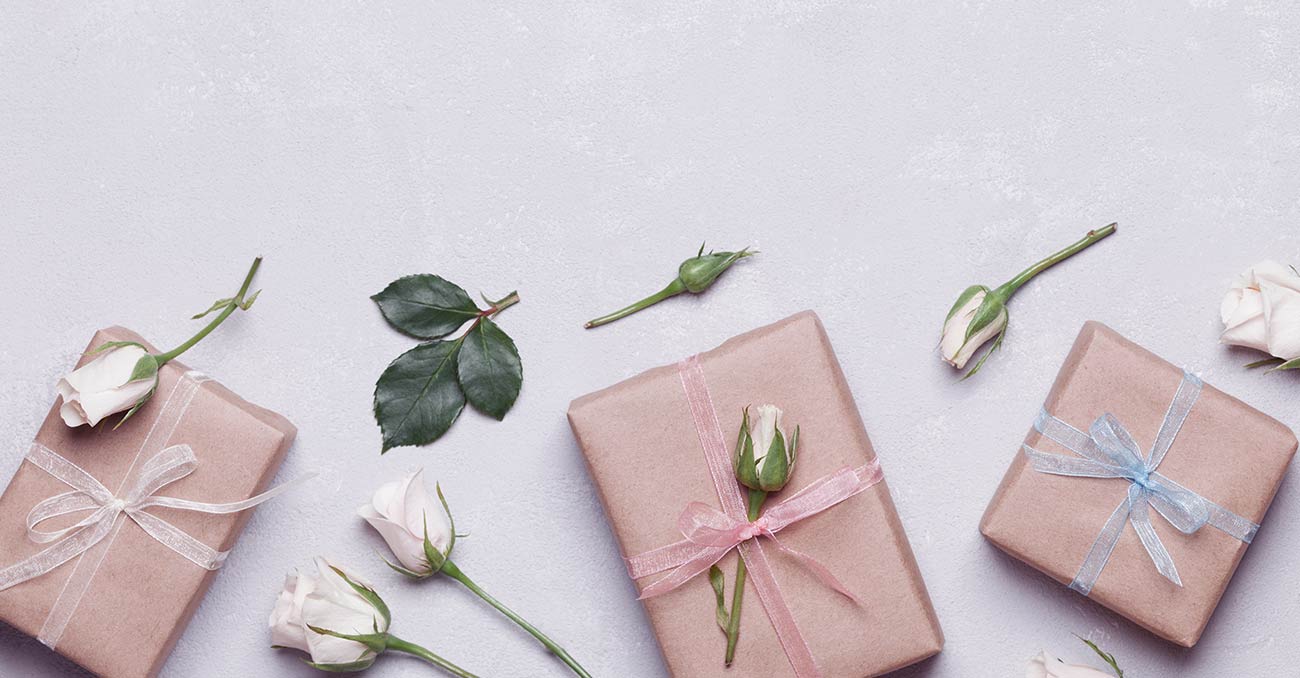
My role as a Marriage Celebrant
My role as a Marriage Celebrant
“When three couples in my circle of friends decided to get married, they said that they would love it if I could marry them, given my multi-lingual and multi-cultural background, and my extensive travels. That was when I decided to embark on this journey as a Marriage Celebrant. I now hold a Certificate in Celebrant Studies and am a member of the Celebrants’ Association New Zealand (CANZ), a professional body whose code of ethics I adhere to.”
I am often asked what the role of a Celebrant is, my answer that I see myself more as a ceremony co-ordinator or facilitator or even the “musical director”. It is not just about taking the place of a registrar or a minister to take care of the legal aspect, but it is also about making a special day even more special, ensuring that the scene is set for the ceremony and that all the key players in our “orchestra” are able to deliver a great “concert”.
My official job starts the moment the bride starts her procession down the aisle to come stand with the groom with his groomsmen and me; it ends with the recession of the bridal party to meet with their family and guests. However, there is much to be done before the big day itself.
Before the Wedding
The first meeting with the bride and groom – in person or via Skype – is obligation-free. I think it is important for both the bride and the groom to be present and see if we are a good fit. This is the one time where the groom has the opportunity to have some input. But I have known grooms who had very specific ideas of their own about the ceremony, to the point of even taking the lead. This is after all the biggest day of their lives, too!
I can hear some of you saying: “But hold on, what about same-sex couples?” The same principal applies, with just a few minor adjustments. In any event, it is important for me to meet with both partners to the marriage. After all, it’s not just about them seeing what I am like, but also about me seeing if I can work with them. The notes I take at the first meeting serve as an aid to draft the ceremony tailored to the couple’s needs, requirements and style. Once they are happy with the final draft of the ceremony, it is locked in. A good ceremony should take around 20-30 minutes. There are exceptions of course; the main thing is to keep it nice and simple, romantic and meaningful.
The rehearsal a day or two before the wedding is a quick run-through covering the main points of the ceremony. It is an exercise in logistics, attended by all the key people. The father of the bride decides if he prefers to hug the groom or shake his hand after at the giving-away of the bride. The maid of honour and the bridesmaids practice a demure walk in time with the music and where and how they will be standing. The best man and the groomsmen learn their places, too. The music for the procession and the recession is tested for length and volume. There is time for questions and last minute adjustments… and time for reassurances that all will be fine, and that I will take care of them and hold it all together on the day.
As well as the date, time and location, people in the bridal party, I like to know the expected number of guests, colour scheme, key members, ring bearer, DJ, photographer, venue manager, caterer and any other potential vendor or supplier. As a celebrant I can also organise a signing table and seat and a sound system on request.
On the Big Day
On the day of the wedding I tend to arrive at least a half an hour before the start of the ceremony. This is a good opportunity for me to make myself known and confer with all the key players of my “wedding orchestra”, ensuring that all is in place: the DJ has done the sound check for the music and the microphones; the photographer is happy with the lighting and the angle; the caterers know when to serve the hors d’oeuvres; that everything and everyone is in place, tested, in good working order, everyone knows their queue, some last minutes adjustments and we are good to go.
We all aim to work together in a perfect arrangement, ready to make sweet music… to make this a very special day for the bride and groom.
I take my place, folder in hand containing the ceremony and the documents, and ask everyone to take their places for the start of the ceremony. The groom comes to stand with me, his best man and any support persons behind him. Waiting for the signal, I ask everyone to switch off their phones or set them to silent. Usually, official or designated photographers are on hand to take pictures. It is very distracting to stand up there with cameras flashing everywhere, and there is nothing worse than pictures of the ceremony appearing on social media even before the ceremony has finished.
The start of the music signals the start of the bridal procession and the beginning of the ceremony. It’s ok to be nervous and flustered. Don’t worry, I’m there to guide everyone, to hold them and reassure them. It’s okay to give the father of the bride a moment as he gives his daughter’s hand in marriage to the groom. I love it when the father gives the groom a handshake or a hug. It carries far more power than the usual “I Do” to the age old question: “Who gives this man to this woman?” I give the bride and the groom a moment to centre themselves as they gaze into each other’s eyes lovingly.
The bride and groom stand facing each other as they say the vows followed by their exchange or rings. This is the highlight of the ceremony. This is what it is all about, all the pomp and all the preparations put aside for the moment. And then come the all awaited kiss and the pronouncement, the moment the photographer hopes to capture. The singing of the marriage licence at the end of the ceremony legalizing the marriage rounds off the ceremony, before the conclusion. The recession of the bridal party marks the end of the ceremony… and (sadly) the end of my role for the day.
After The Ceremony
This is the point that I can start relaxing and take in the scenery and the joy as I pack up. Two copies of the marriage licence are issued, which are signed by the bride and groom, their 2 witnesses and me. One copy I keep in my folder to return to the Registrar General; the second copy I place in an envelope, usually accompanied by a wedding card, and hand it to the newlyweds with my best wishes for their future together as they are being congratulated and celebrated by their family and friends.
I don’t usually stay for very long after the ceremony; it is time for the bride and groom and their chosen guests. However, there may be the odd occasion that may require me to stay for the reception; in some cultures it is almost expected. A great joy for me is when I am asked to be the celebrant AND the MC at a wedding.
I love it when all goes according to plan and as rehearsed; however, it doesn’t really matter if it doesn’t go exactly according to plan, if there are any “hiccups”; they add to the charm and uniqueness of the ceremony.
I always go home with a smile on my face and a great sense of achievement, and I look forward to the next ceremony, the next “symphony”.

